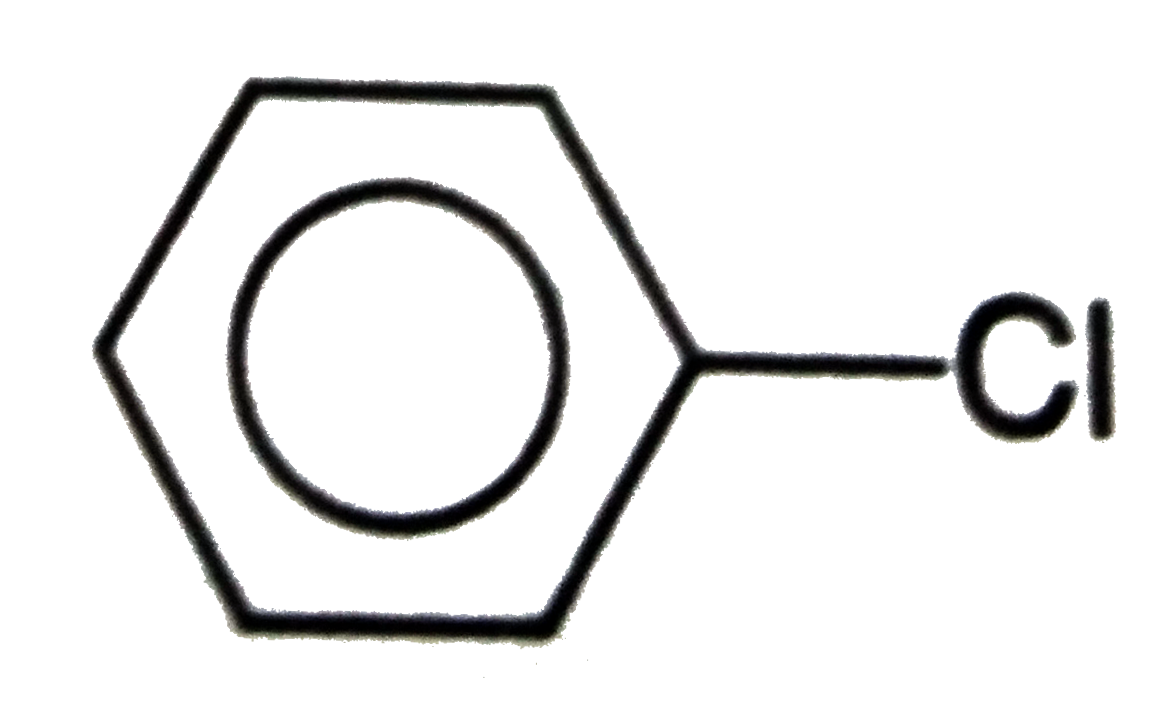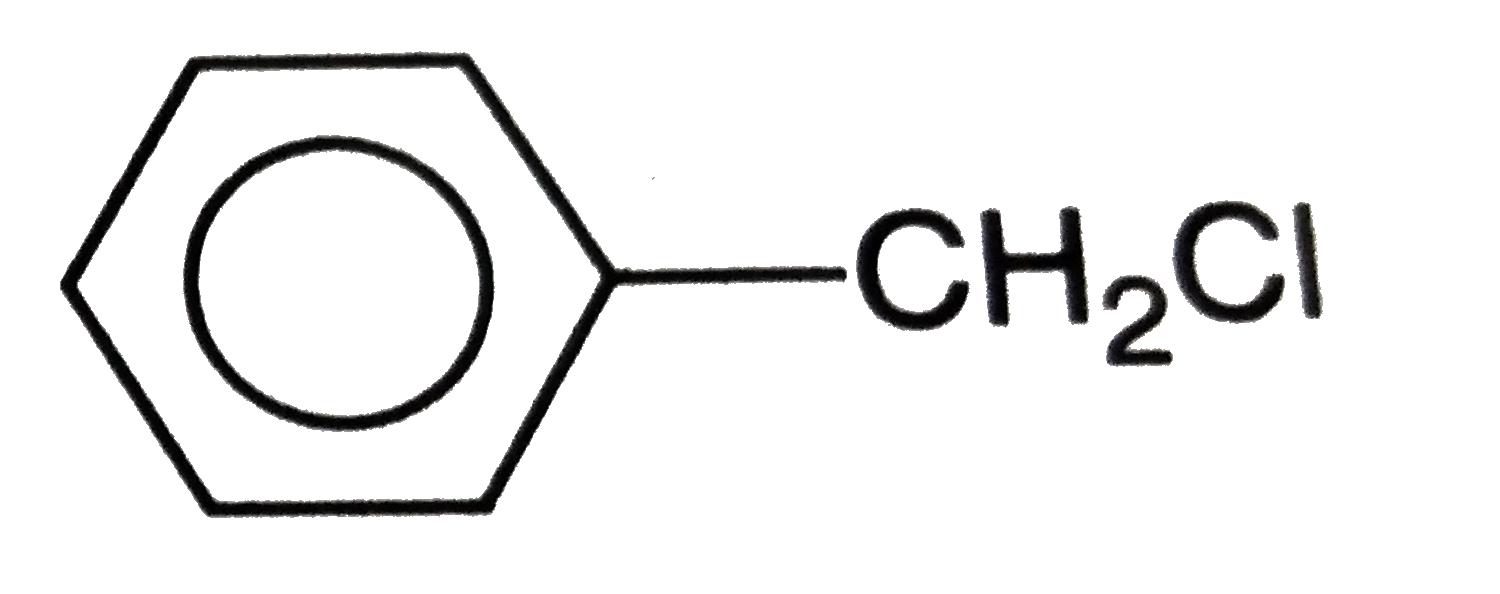Which one of the following alkyl bromides undergoes most rapid solvolysis in methanol solution to give corresponding methyl ether?




The correct Answer is:A
To determine which alkyl bromide undergoes the most rapid solvolysis in methanol to give the corresponding methyl ether, we can analyze the structure of the alkyl bromides and their reactivity in an SN2 reaction mechanism.
1. Identify the Alkyl Bromides:
Let's assume we have three alkyl bromides:
- 1-bromopropane (primary)
- 2-bromopropane (secondary)
- 2-bromo-2-methylpropane (tertiary)
2. Understand the Solvolysis Mechanism:
- Solvolysis in methanol involves the nucleophilic attack of methanol on the carbon atom bonded to the bromine atom.
- The reaction can proceed via two mechanisms: SN1 and SN2.
- In this case, since we are dealing with alkyl bromides, we will focus on the SN2 mechanism, which is favored for primary and secondary alkyl halides.
3. Evaluate Steric Hindrance:
- In an SN2 reaction, steric hindrance plays a significant role.
- Primary alkyl bromides experience less steric hindrance, allowing for a more favorable backside attack by the nucleophile (methanol).
- Secondary alkyl bromides have moderate steric hindrance, making the reaction slower.
- Tertiary alkyl bromides are too hindered for an SN2 reaction and typically undergo SN1 mechanisms instead.
4. Consider the Electrophilicity:
- The carbon atom bonded to the bromine becomes partially positive due to the electronegativity of bromine.
- The more stable the carbocation formed (in the case of SN1), the faster the reaction. However, for SN2, the primary carbon is more electrophilic due to less steric hindrance.
5. Conclusion:
- Among the given alkyl bromides, the primary alkyl bromide (1-bromopropane) will undergo the most rapid solvolysis in methanol to give the corresponding methyl ether due to its favorable steric environment for the SN2 mechanism.
Final Answer:
1-bromopropane undergoes the most rapid solvolysis in methanol solution to give the corresponding methyl ether.
Let's assume we have three alkyl bromides:
- 1-bromopropane (primary)
- 2-bromopropane (secondary)
- 2-bromo-2-methylpropane (tertiary)
- Solvolysis in methanol involves the nucleophilic attack of methanol on the carbon atom bonded to the bromine atom.
- The reaction can proceed via two mechanisms: SN1 and SN2.
- In this case, since we are dealing with alkyl bromides, we will focus on the SN2 mechanism, which is favored for primary and secondary alkyl halides.
- In an SN2 reaction, steric hindrance plays a significant role.
- Primary alkyl bromides experience less steric hindrance, allowing for a more favorable backside attack by the nucleophile (methanol).
- Secondary alkyl bromides have moderate steric hindrance, making the reaction slower.
- Tertiary alkyl bromides are too hindered for an SN2 reaction and typically undergo SN1 mechanisms instead.
- The carbon atom bonded to the bromine becomes partially positive due to the electronegativity of bromine.
- The more stable the carbocation formed (in the case of SN1), the faster the reaction. However, for SN2, the primary carbon is more electrophilic due to less steric hindrance.
- Among the given alkyl bromides, the primary alkyl bromide (1-bromopropane) will undergo the most rapid solvolysis in methanol to give the corresponding methyl ether due to its favorable steric environment for the SN2 mechanism.
1-bromopropane undergoes the most rapid solvolysis in methanol solution to give the corresponding methyl ether.
Topper's Solved these Questions
- HALOALKANES AND HALOARENES BOOK - AAKASH INSTITUTECHAPTER - HALOALKANES AND HALOARENES EXERCISE - ASSIGNMENT SECTION -D
15 Videos
- HALOALKANES AND HALOARENES BOOK - AAKASH INSTITUTECHAPTER - HALOALKANES AND HALOARENES EXERCISE - ASSIGNMENT SECTION - B
25 Videos
- GENERAL PRINCIPLES AND PROCESSES OF ISOLATION OF ELEMENTSBOOK - AAKASH INSTITUTECHAPTER - GENERAL PRINCIPLES AND PROCESSES OF ISOLATION OF ELEMENTSEXERCISE - Try Yourself
33 Videos
- HYDROCARBONSBOOK - AAKASH INSTITUTECHAPTER - HYDROCARBONSEXERCISE - Assignment(Section - D) (Assertion -Reason Type Question)
24 Videos
Similar Questions
Knowledge Check
Which of the following undergoes nitration most easily?
AAcetophenoneBBenzonitrileCBenzaldehydeDbenzeneWhich one of the following alcohols undergoes dehydration most easily?
ACH3CH2CH2CH2OHBCH3CH2−CH| CH3−CH2−CH2OHCCH3−CH2−CH2−CH| OH−CH3DCH3−CH2−CH3| C | OH−CH2CH3Which one of the following chlorohydrocarbons readily undergoes solvolysis?
ACH2=CHClB C
C D
D
Which of the following alkyl halides will undergo SN1 reaction most readily ?
View SolutionWhich one of the following undergoes nitration reactions most readily?
View SolutionWhich of the following would undergo most rapid hydrolysis with aqueous to furnish the corresponding hydroxy derivatives?
View SolutionWhich of the following would undergo most rapid hydrolysis with aqueous to furnish the corresponding hydroxy derivatives?
View SolutionWhich of the following alkyl halides is iso -butyl bromide ?
View Solution
